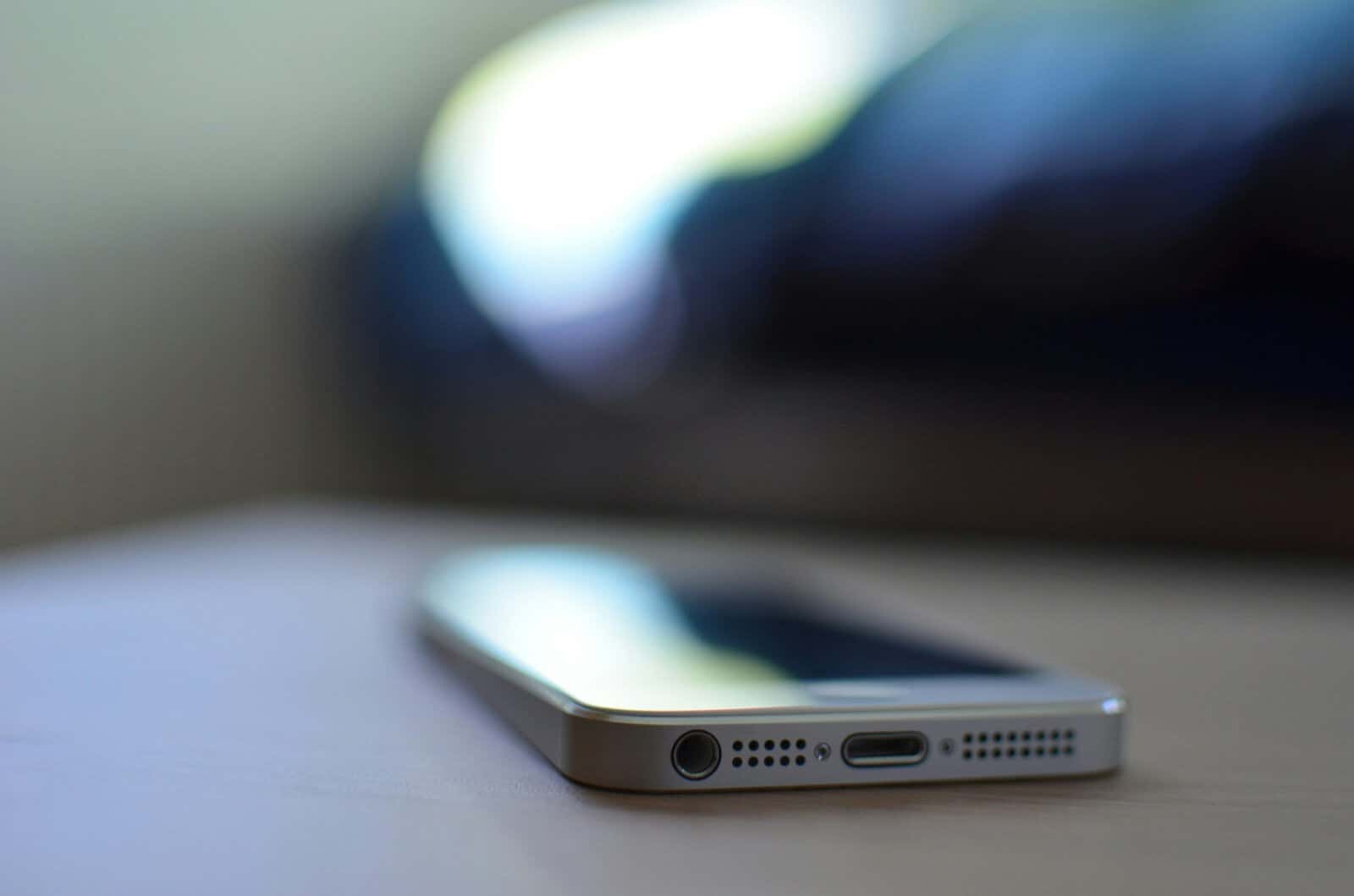Imagine reaching for your iPhone in a moment of need, only to be met with the dreaded SOS mode—your lifeline transformed into a digital brick. This frustrating scenario can leave you feeling helpless, especially when you rely on your device for everything from staying connected with loved ones to navigating unfamiliar terrain. But fear not; you’re not alone in this struggle! Many users find themselves facing this perplexing issue, often without knowing why it happens or how to resolve it swiftly.
In this article, we’ll dive deep into the reasons behind your iPhone’s unexpected SOS mode and provide practical solutions to get you back up and running in no time. Whether it’s a software glitch or a simple setting misconfiguration, we’ve got the answers you need to reclaim control of your device. So buckle up as we unravel the mysteries of SOS mode and empower you with quick fixes that will have your iPhone functioning properly again before you know it!
What is SOS Mode?
SOS Mode, also known as Emergency SOS, is a feature designed to ensure user safety by allowing quick access to emergency services and vital contact information during a crisis. When your iPhone enters this mode, it enables the ability to call local emergency numbers with just a few presses, making it an indispensable tool for personal security. However, being stuck in SOS Mode can be bewildering; it often signifies that the device is unable to connect properly with cellular networks or has encountered software glitches.
One of the fascinating aspects of SOS Mode is its dual functionality—it serves both as an urgent lifeline and a potential indicator of underlying issues with your phone. For instance, if you find yourself locked in SOS Mode frequently, there may be connectivity problems affecting your SIM card or even hardware malfunctions within the device itself. Understanding this not only helps troubleshoot but also brings awareness about how essential features are intertwined with common technology challenges we face today. Recognizing these nuances can empower users to take proactive steps towards ensuring their devices function optimally while maintaining their safety features intact.

Common Reasons Your iPhone Enters SOS Mode
One of the most common triggers for an iPhone entering SOS mode is a sudden loss of network connectivity. This can happen if you’re in a remote area with poor coverage or while traveling internationally without proper roaming settings enabled. Your device may interpret these conditions as a loss of cellular service, prompting it to automatically activate SOS mode to ensure your safety and allow emergency calls even when regular service isn’t available.
Another factor often overlooked is software glitches that arise during updates or installations. Sometimes, after an iOS update, your device might experience bugs that lead to it erroneously thinking it’s in an emergency situation. It’s essential to regularly check for updates and maintain a stable operating system, as this minimizes the likelihood of glitches disrupting your phone’s performance.
Lastly, hardware issues can also cause this perplexing behavior. Problems with the SIM card tray, such as misalignments or defects, can hinder communication with the network provider and result in SOS mode activation. If you suspect hardware complications are at play, it’s worth exploring options like reseating your SIM card or seeking professional assistance to diagnose any underlying issues!
Quick Fixes to Exit SOS Mode
If your iPhone is stuck in SOS mode, the first quick fix to consider is toggling Airplane Mode on and off. This simple action can reset your device’s network connection, allowing it to reacquire signal towers and exit SOS mode more smoothly. To do this, swipe down from the top right corner of the screen (or up from the bottom on older models) and tap the airplane icon—wait a few moments before tapping it again.
Another often-overlooked solution is performing a hard reset by pressing and quickly releasing the Volume Up button, then doing the same for the Volume Down button, followed by holding down the Side button until you see the Apple logo. This method can help clear temporary glitches that keep your device trapped in emergency mode. Finally, ensure that your software is up-to-date; outdated versions may contain bugs that affect connectivity functionality. Dive into Settings > General > Software Update to check if a new version awaits installation—it’s a quick way to breathe new life into your iPhone!

Restarting Your iPhone: A Simple Solution
Restarting your iPhone might seem like a basic troubleshooting tip, but it can be surprisingly effective in resolving issues—especially when your device is stuck in SOS Mode. A simple restart refreshes the system and clears temporary glitches that might be hindering normal functionality. Think of it as giving your phone a mini mental reset, allowing it to reevaluate its connections and processes without the clutter of residual data.
To restart most modern iPhones, simply press and hold the side button along with either volume button until you see the slider appear. Dragging this slider will power down your device completely. After waiting a few moments, turn it back on by pressing and holding the side button again until you see the Apple logo emerge. You may find that this quick action not only resolves SOS Mode but also enhances performance overall by freeing up RAM and addressing minor software hiccups.
If you’re still experiencing troubles after restarting, consider checking for any available firmware updates or ensuring that your professional settings are correctly configured. Remember, while restarting is often overlooked, it’s one of those powerful little tricks that can breathe new life into both software bugs and connectivity problems—making it an essential first step in troubleshooting any device complications!
Checking for Software Updates and Bugs
One of the often-overlooked steps in resolving issues like an iPhone stuck in SOS mode is checking for software updates. Apple regularly rolls out updates that not only enhance performance and introduce new features but also address bugs that could be causing your device to malfunction. By ensuring your iPhone is running the latest version of iOS, you might uncover a quick fix for persistent problems. To check for updates, simply navigate to Settings > General > Software Update. If an update is available, it’s best to install it promptly to prevent further complications.
Bugs can sometimes manifest unexpectedly, leading users down frustrating rabbit holes while trying to troubleshoot their devices. These anomalies can range from minor glitches—like apps crashing—to more severe issues like being trapped in SOS mode due to connectivity failures or security protocol errors. Staying proactive about software maintenance not only mitigates these risks but builds a better understanding of your device’s ecosystem; recognizing when something feels off may lead you straight to a solution before resorting to drastic measures such as factory resets or visiting a repair shop. Embracing this habit ensures your iPhone remains both functional and secure, allowing you peace of mind in an always-connected world.

Resetting Network Settings: Step-by-Step Guide
Resetting your network settings can often serve as a digital reset button, clearing out any glitches that might be preventing your iPhone from connecting properly. To start, head over to your Settings app, scroll down to “General,” and tap on it. From there, look for “Transfer or Reset iPhone.” You’ll see the option for “Reset”—select it and then choose “Reset Network Settings.” This process will wipe all saved Wi-Fi networks and passwords but could resolve those frustrating connectivity issues linked to SOS mode.
It’s important to note that while this may sound drastic, it’s usually a small price to pay for restoring functionality. Take a moment to appreciate how often we rely on stable network connections in our daily lives; one little hiccup shouldn’t derail everything! After executing this reset, you’ll need to reconnect to your Wi-Fi networks and re-enter those passwords. As tedious as it might seem, think of it as giving your device a fresh start—a chance for new connections without the clutter of previous settings potentially hindering performance. By simplifying these complexities, you’re not just fixing an immediate problem; you’re paving the way for smoother operation down the line.
Conclusion: Regaining Normal Functionality Quickly
Regaining normal functionality after an iPhone is stuck in SOS mode is not just about the immediate fix; it’s an opportunity to reevaluate your device and its settings for future resilience. Often, problems like these arise from software glitches or outdated systems. By ensuring your iPhone remains updated with the latest software, you mitigate risks of encountering similar issues down the line. Innovations in iOS often come with enhancements that boost stability and performance—so maintaining regular updates can serve as both a shield and a lifeline.
Moreover, adopting smart usage habits can significantly prevent such disruptions. Regularly backing up your data not only secures your information but also prepares you for any necessary resets or restorations without losing cherished memories or vital documents. Utilizing diagnostic tools available on Apple’s support app can help pinpoint potential trouble areas before they escalate into more severe problems. Remember, each hiccup serves as a learning curve; by staying proactive, you’re not only regaining control but also empowering yourself to navigate future challenges with confidence and ease.